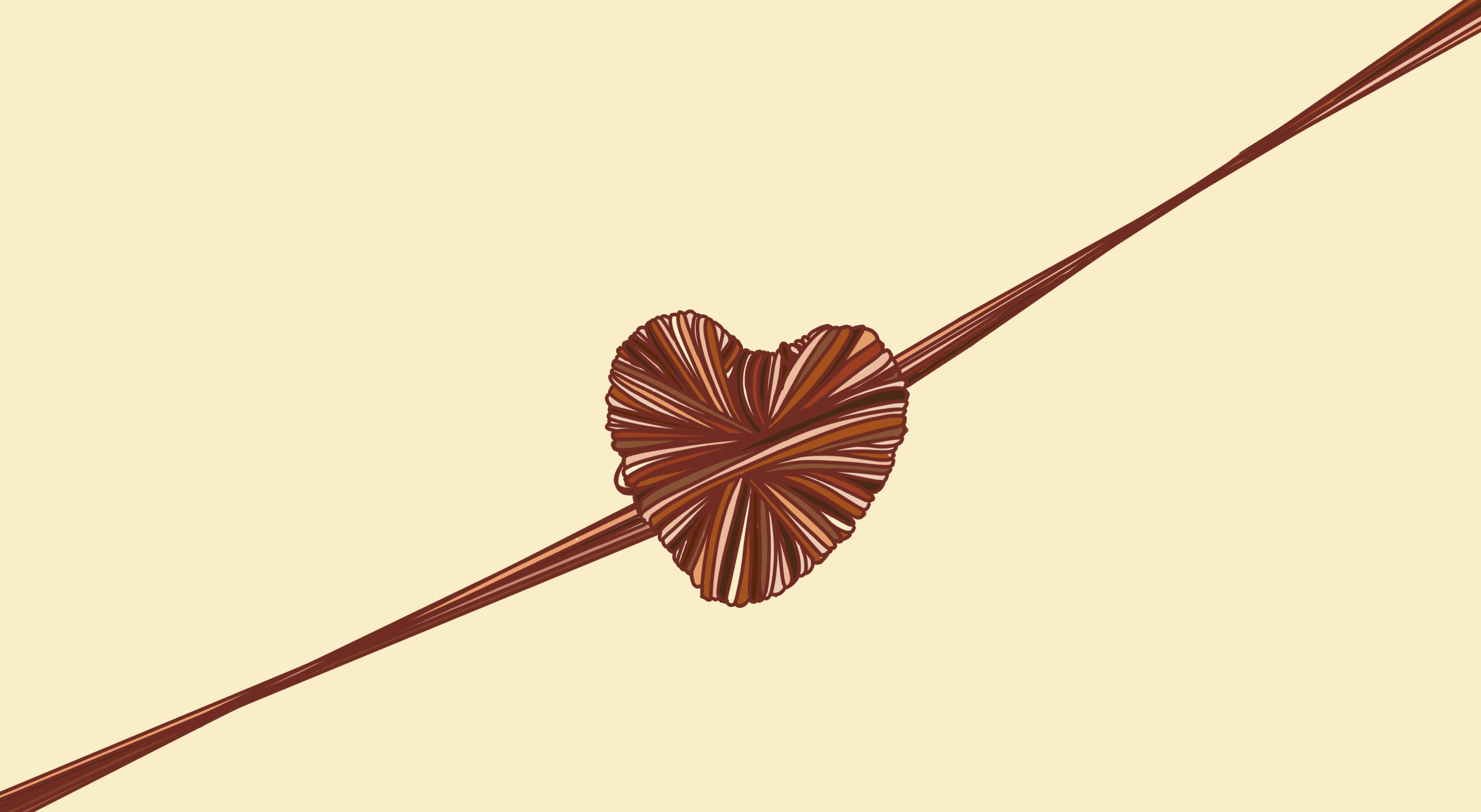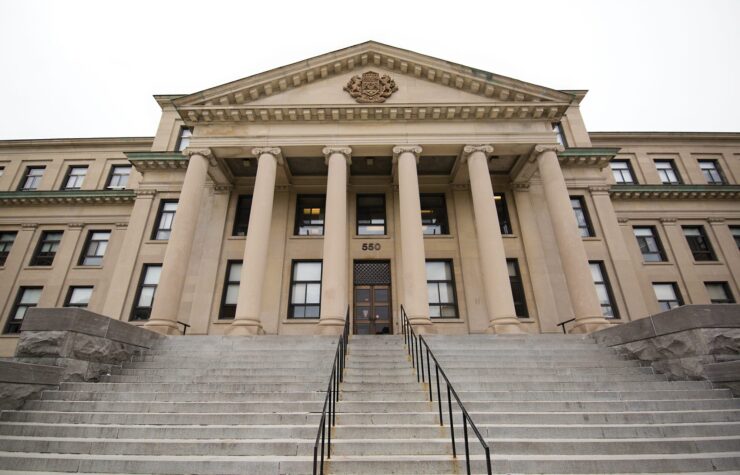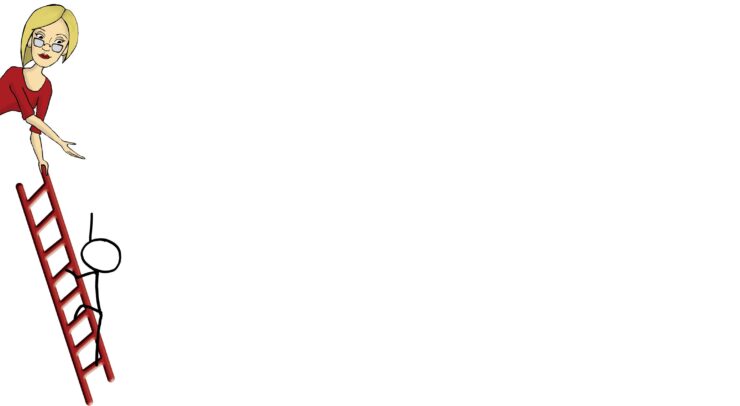How Canada’s diversity is shaping the modern relationship
In any new relationship, one of the biggest challenges a couple has to overcome is their own personal differences, from conflicting interests and hobbies to expectations of the other person. When these differences stem from someone’s entire upbringing and identity, including their native languages, the religious and cultural traditions they practice at home, and the colour of their skin, a new set of challenges arise: How do couples in these circumstances navigate their relationship while tackling interpersonal differences, unsupportive families, and more broadly, a society that might not entirely accept mixed couples in the first place?
Long gone are the days where interracial marriages were criminal acts, and indeed, mixed relationships have been on the rise in Canada since 1991, according to Statistics Canada. But members of various ethnic and religious groups still feel pressured to date and marry within their own communities. Beyond the expectations of family, which can dictate whether or not a relationship will succeed or fail, societal norms surrounding dating influence interracial and interfaith couples and how open they choose to be about their relationship, lest they face public scrutiny or disapproval.
Subtle, and not-so-subtle racism
In 2016 Minelle Mahtani, an associate professor of human geography and journalism at the University of Toronto Scarborough, spoke candidly with the Globe and Mail about interracial dating in Canada.
“We’ve romanticized this notion far too quickly,” Mahtani told the Globe, and “people who are in interracial relationships are still experiencing a lot of racism.”
A prominent and public example of ongoing racism towards mixed couples was a Cheerios cereal commercial in 2013, featuring a biracial family. Backlash to the commercial included references to Nazis and racial genocide, ultimately leading to the comments section of the video being closed.
Yet some of this public disapproval of mixed couples is not quite so overt. Hanna Méthot, a second-year political science student at the University of Ottawa, who is mixed Korean, white, and Mohawk, says that she and her boyfriend, who is half-Trinidadian and half-Irish, often get stares while out in public. She finds this shocking in 2019, and while they’ve learned to ignore the stares, they initially frustrated her.
Similarly, one mixed Jamaican-Macedonian couple in Toronto recalls being “gawked at” while at a hotel in Toronto.
Ultimately, mixed relationships aren’t commonplace in Canada, despite the growing trend towards them. In 2011, there were only 360,045 mixed unions in Canada, translating to just 4.6 per cent of all married and common-law couples in the country, according to Statistics Canada.
Factors such as class and geographical location play a significant role in the challenges that these couples face, Mahtani notes, such as how comfortable they feel holding hands in public, or their experiences at school and in their communities.
There are also internal challenges that interracial couples face, such as meeting a partner’s parents and families for the first time. Mahtani explains that for people of colour who have white partners, this can be especially difficult. There is a certain level of emotional labour that comes with the relationship, as it can be “very tiring” to explain the challenges they face as a result of their race.
Dating beyond one’s faith
When it comes to interfaith relationships, the trends resemble those of mixed-race couples. The number of mixed-faith couples has risen since the 1980s, and they tend to be younger, more educated, and reside in more religiously diverse communities than same-faith couples.
Yet these couples still face their own unique challenges, especially when a family is involved and there is ongoing pressure to be with someone of the same faith. Emma Wagenman, a fourth-year conflict studies and human rights student at the U of O, describes her difficulties in a previous relationship with someone of another faith.
“I had to keep him kind of a secret because he was a Muslim and I’m a Christian, so I told (my mom) that he was a Christian and he went to church,” Wagenman explains, noting that her family, who is Mennonite, never met her ex-boyfriend. On the other hand, she never met his.
For Wagenman, this secrecy stemmed from both her and her ex-boyfriend’s families seeing dating as a path to marriage, which meant finding someone who belonged to the same religious community. She admits that their relationship was “doomed from the start” because of this—neither she nor her ex-boyfriend could truly be what the other was looking for.
“It wasn’t until after we broke up that I realized that there was all of this pressure that I had in the relationship to try and be who he wanted in a partner that I could never be,” Wagenman said. “I’m not willing to not be Christian, I wasn’t going to convert for him, but I knew that he wanted to marry a Muslim woman.”
Likewise, she knew that he wasn’t what she wanted in the long term: A Christian with whom she could share a faith, especially when thinking about the bigger picture, such as marriage and children.
“I tried to look at the grand scheme of my relationship; is this going to progress anywhere? Am I just doing this for fun?”
Growing together through their differences
Despite the challenges that individuals face when dating someone outside their own race or ethnic group, such relationships can also be great learning opportunities—a chance to share aspects of one’s identity and heritage in a new and intimate way, and an opportunity to learn more about one’s own traditions through this exchange.
Méthot explains that while she and her boyfriend have felt pressured to date within their own race, she feels fortunate that their own families have been accepting of the relationship. The opportunity she and her boyfriend have had to learn about each other’s cultures has been one of the greatest parts of their relationship, she explains.
“Aidan’s (Méthot’s boyfriend) mom has taught me so much about Irish hospitality and immediate love, and Aidan has come to better understand me through understanding my mom’s type of love: unspoken and expressed through meaningful action,” says Méthot. “Understanding one another’s cultural background and upbringing has contributed to a deeper understanding of the way we express and receive love.”
“My family takes him out for Korean food often … we also watch Korean dramas with my mom all the time,” she added. “Aidan embracing my background has led me to learn more about where I come from, and I’m proud of that part of me.”
Wagenman also shares how her relationship taught her more about herself and her beliefs.
“I really liked the fact that he encouraged me in my faith, even though he didn’t necessarily believe all the same things that I did,” she said.
Wagenman recalls her ex-boyfriend showing a great interest in her own faith despite their religious differences, asking her questions, making time for prayer, and encouraging her to seek spiritual guidance when needed.
Yet their religious differences helped Wagenman see that fundamentally, finding someone of her own faith was key, and that isn’t necessarily a bad thing. Dating outside her faith also helped her gain a unique appreciation for another person’s religious beliefs, while helping her solidify what she wants in a future partner.
The blending of different cultures, beliefs, and traditions is reflective of growing diversity in Canada. By 2036, visible minorities could make up one-third of the Canadian population, according to Statistics Canada, which means a greater opportunity for the intertwining of both race and religion in relationships. How these relationships play out is dependent on how society responds to these changing trends in dating—whether we support those who step outside of their race or religion for the sake of love.
“Staking a claim on who we get to date just because we’re perceived to be members of a specific community is ignorant and hurtful,” says Méthot. “It restricts love, and love should never be restricted.”
Hanna Méthot is the opinions editor at the Fulcrum.




